Satellite images show that an Iranian missile strike against the Al Udeid Air Base in Qatar, a critical site for the U.S. military‘s operations in the region, likely destroyed a geodesic dome housing key secure communications equipment used by American forces.
The images, analyzed by The Associated Press and provided by Planet Labs PBC, revealed that the structure, known as a radome, was present on the base just hours before the attack but was no longer visible in subsequent images.
No immediate official response to the extent of damage was provided by U.S. or Qatari authorities, and the incident has not been publicly acknowledged by either government. The strike followed American airstrikes on Iranian nuclear sites and provided the Islamic Republic a way to retaliate before a ceasefire was agreed to halt the brief but intense Iran-Israel conflict.
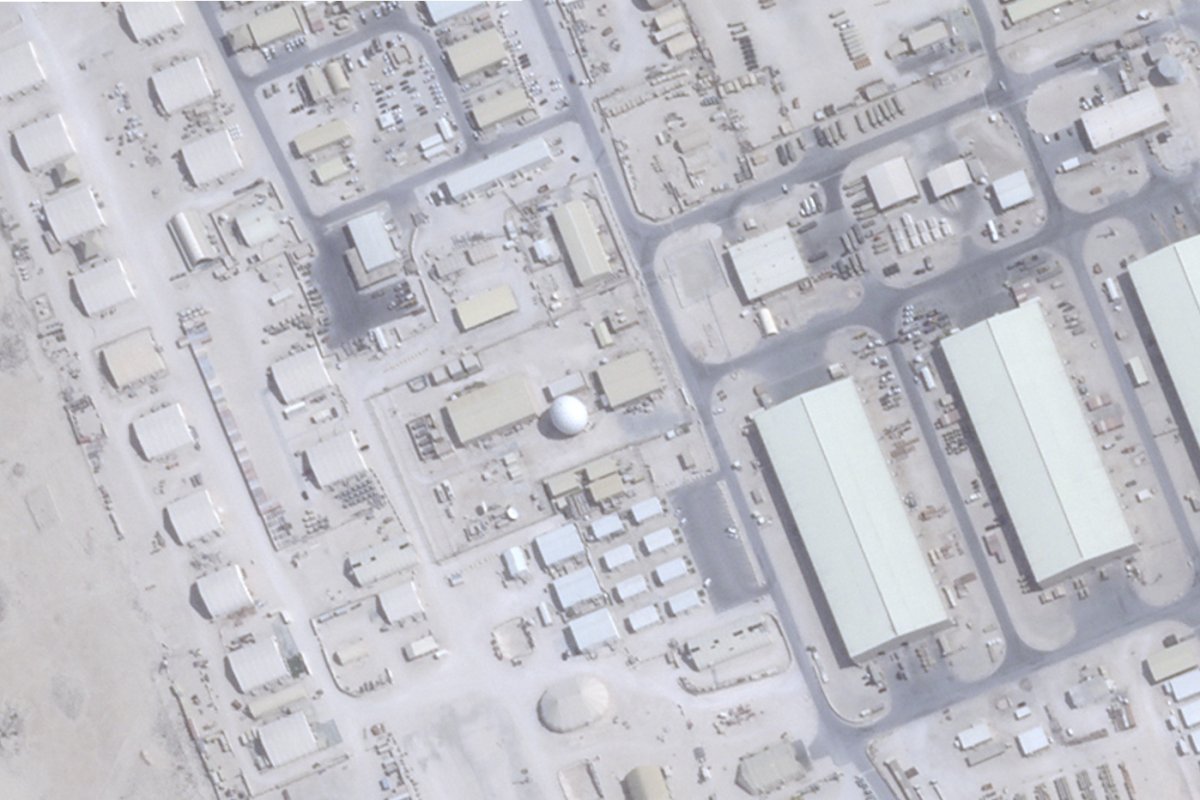
Planet Labs PBC via AP
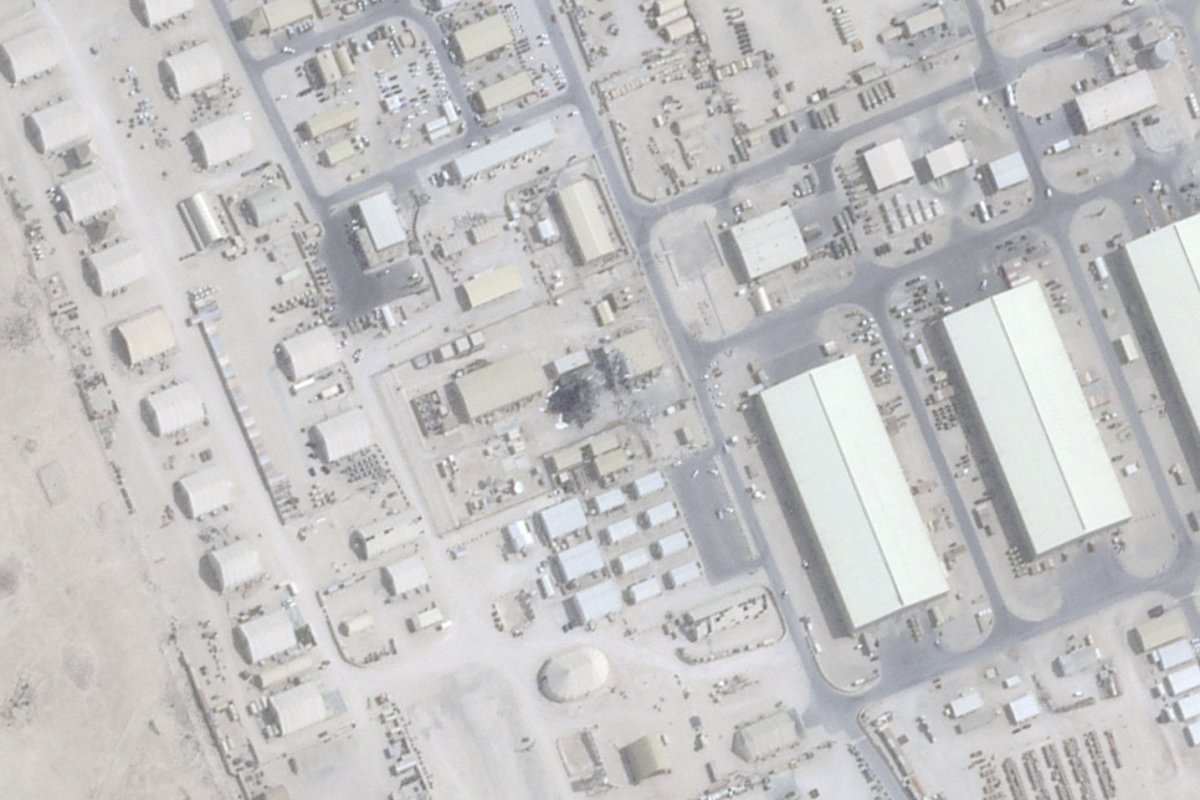
Planet Labs PBC via AP
Why It Matters
The U.S. Air Force’s 379th Air Expeditionary Wing, which operates out of the base, announced the installation of the $15 million piece of equipment, known as a modernized enterprise terminal in 2016.
President Donald Trump called Iran’s attack on June 23 a “very weak response.”
The strike briefly disrupted air travel across the Middle East and has demonstrated Iran’s capability to target critical American assets.
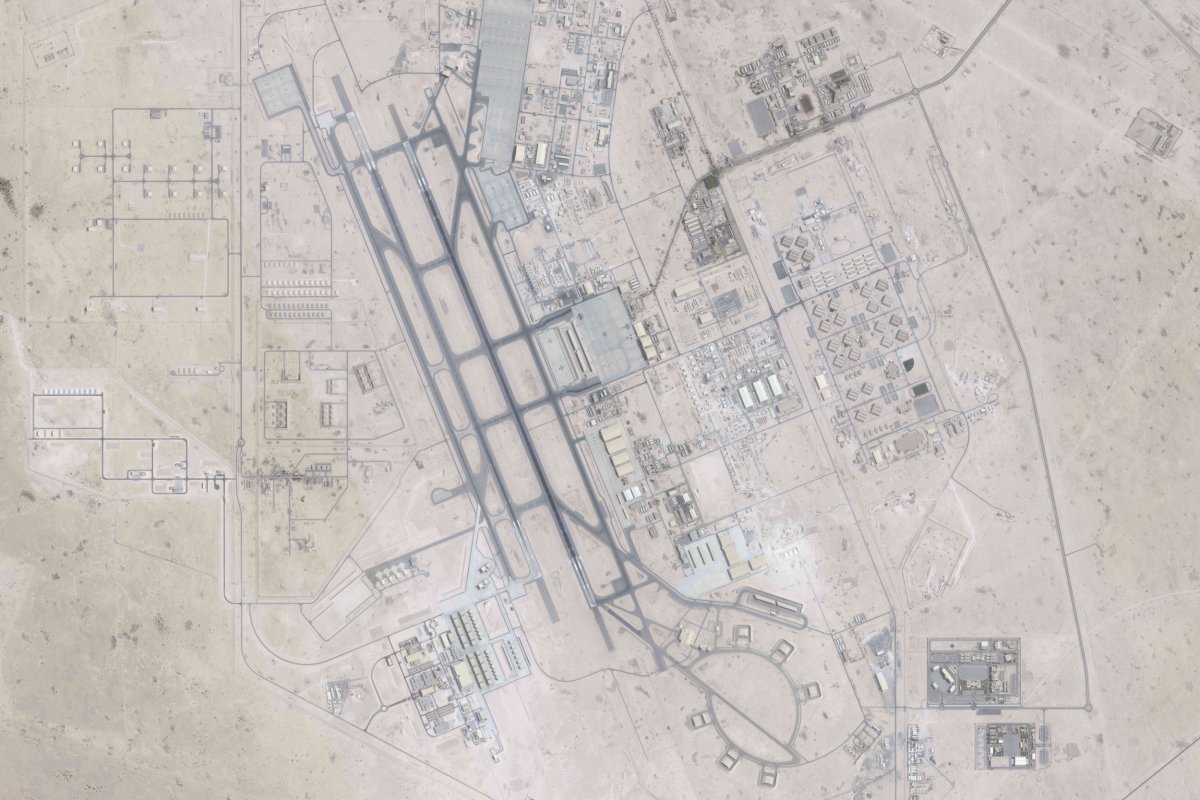
Planet Labs PBC via AP
What to Know
Satellite Images Reveal Dome’s Disappearance
Photos from Planet Labs depicted the geodesic dome, or radome, still intact on the morning of June 23—the day of the Iranian retaliation. The following images from June 25 onward showed the dome missing, with visible burn marks and some damage to an adjacent building. The rest of Al Udeid Air Base appeared largely unaffected, indicating a narrowly targeted strike or damage confined to the specific area where the communications equipment was housed.
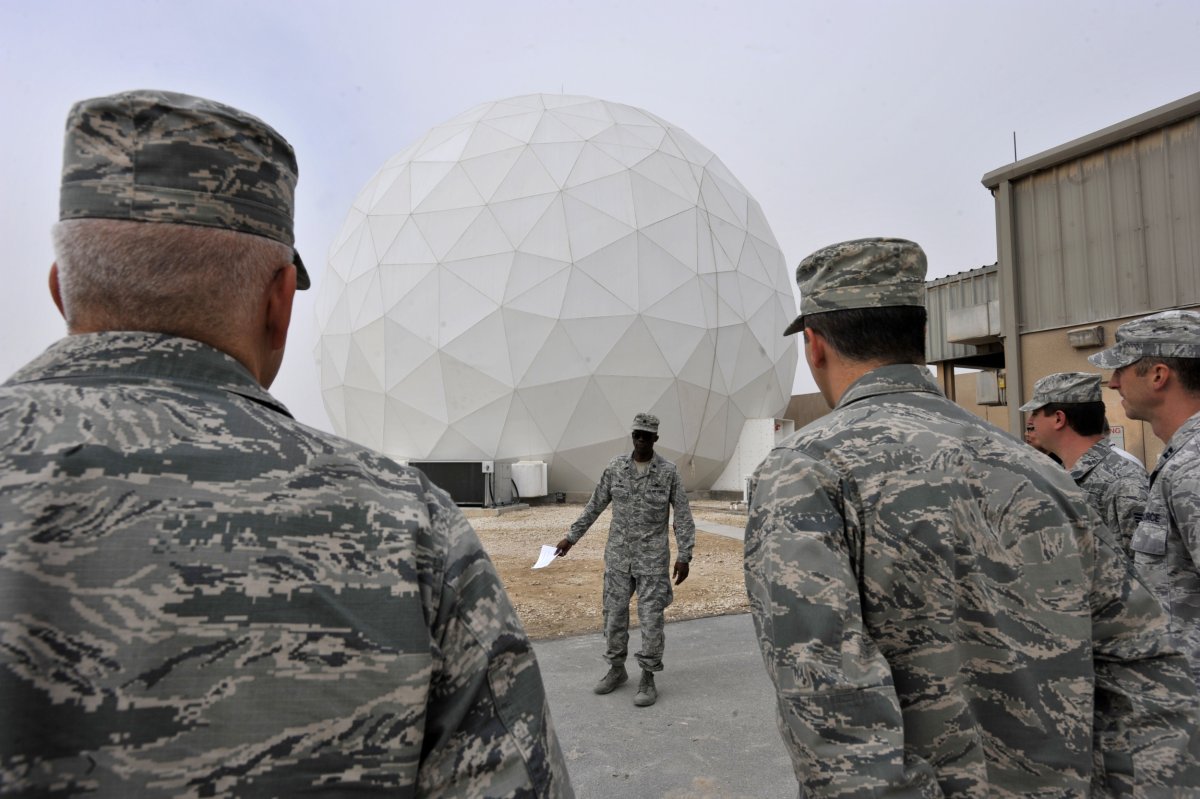
Master Sgt. Joshua Strang/U.S. Air Force via AP
Details of the Strike and Response
The attack on Al Udeid Air Base occurred after the U.S. bombed multiple nuclear sites in Tehran, serving as Iran’s direct response. Trump later said that American and Qatari defenses anticipated the strike after Tehran gave advance notice about its intentions, which allowed forces to evacuate aircraft and limit casualties. “I want to thank Iran for giving us early notice, which made it possible for no lives to be lost, and nobody to be injured,” Trump wrote on his Truth Social platform.
American and Iranian Narratives Diverged
Trump said 14 missiles were fired, 13 of which were intercepted and one being “set free” as it was going in a “nonthreatening” direction.
Iran’s Revolutionary Guard stated the base had been the “target of a destructive and powerful missile attack,” and the country’s Supreme National Security Council claimed the base was “smashed,” though provided no evidence.
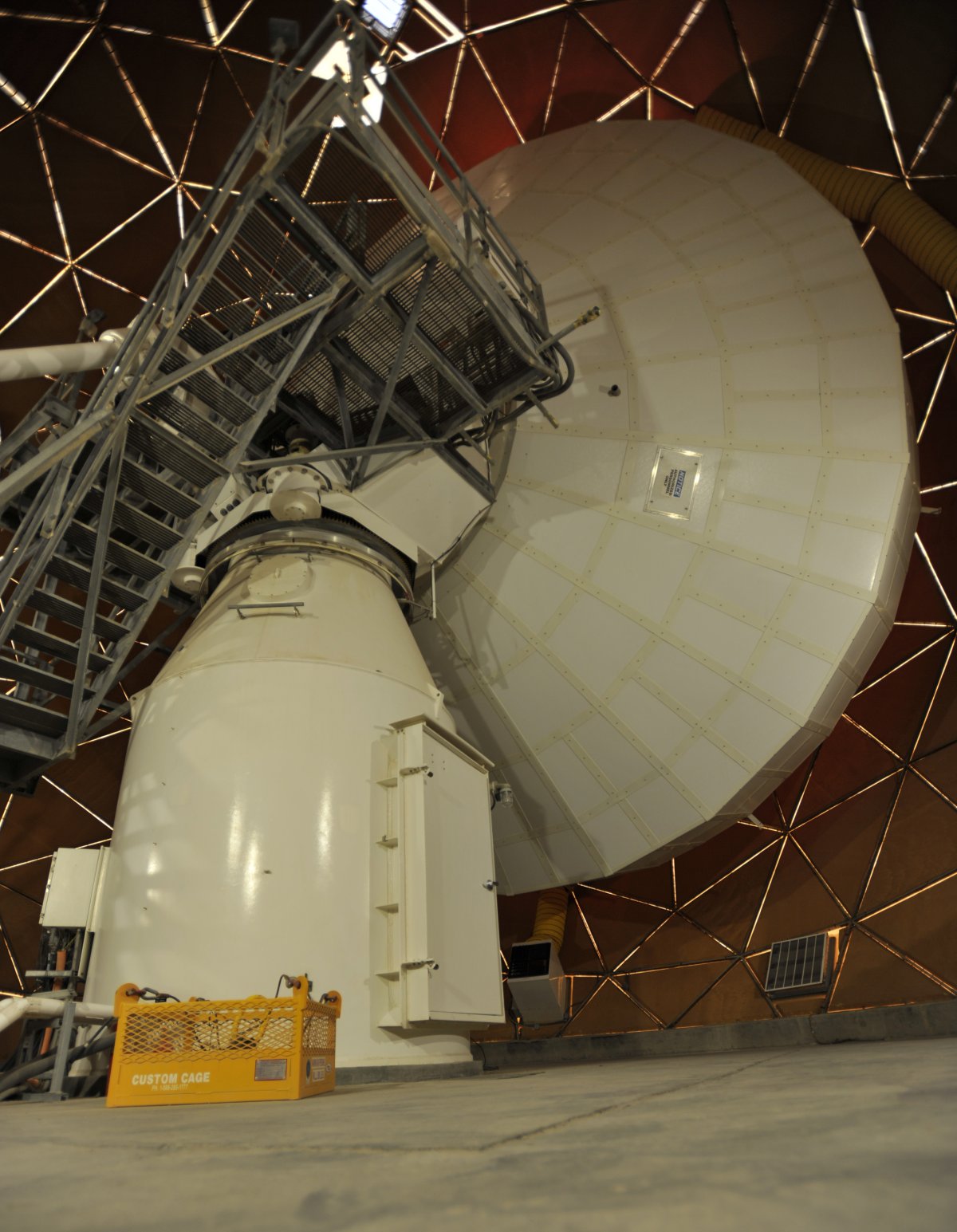
Master Sgt. Joshua Strang/U.S. Air Force via AP
Iranians Claimed Communications Severed
Following the strike, a hard-line adviser to Iran’s Supreme Leader asserted the attack “completely destroyed” all equipment at the base and cut its communications with other U.S. military locations. Ahmad Alamolhoda, a cleric and adviser, said, “All equipment of the base was completely destroyed and now the U.S. command stream and connection from Al Udeid base to its other military bases have been completely cut.” These claims, however, have not been independently verified, and neither the U.S. military nor Qatari officials have confirmed or commented on the operational impact.
The exchange of attacks between the U.S. and Iran corresponded with the closing phase of the 12-day Iran-Israel war, which ended after President Trump brokered a ceasefire.
This article includes reporting from The Associated Press.


























